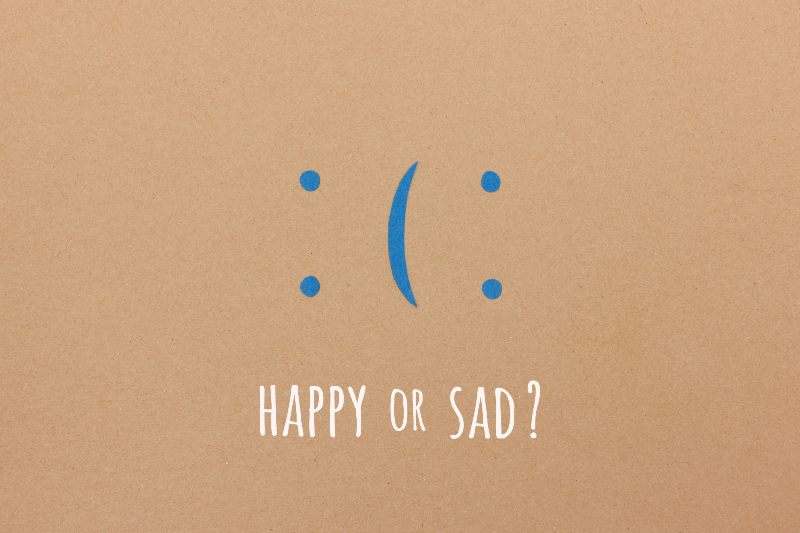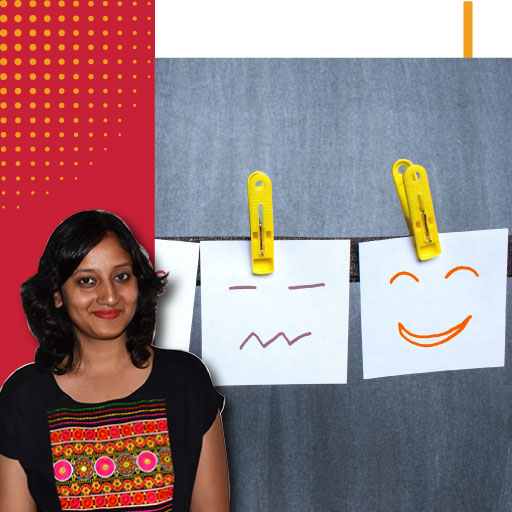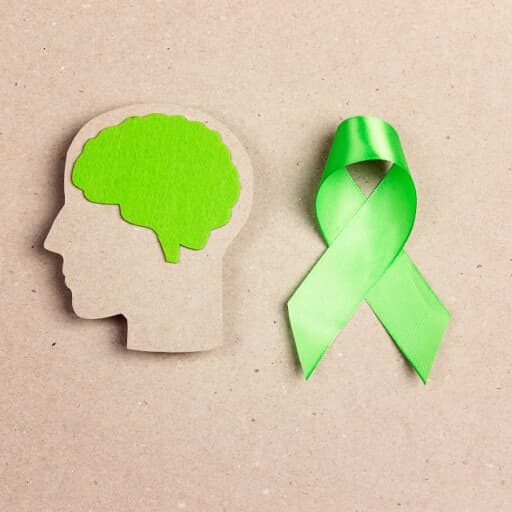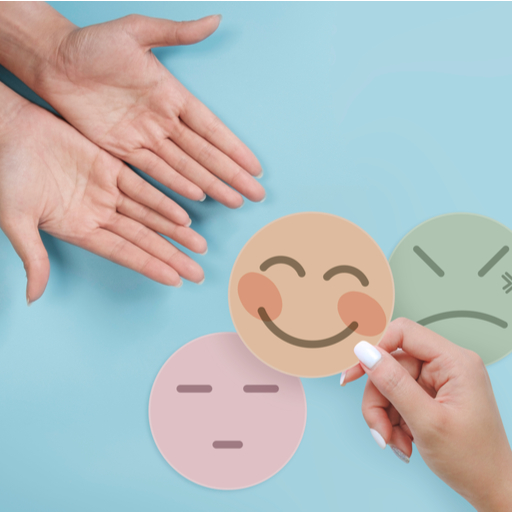
विषय-सूची
What Is A Mood?
Mood can be defined as a pervasive and sustained feeling tone that is experienced internally and influences a person’s behavior and perception of the world (Kaplan, Sadock, Virginia Alcott). All of us experience a wide range of moods and it can be said to be on a continuum. Mood fluctuations on a daily basis to a certain degree is in fact universally true, but they are always manageable and regulated. This can be attributed to our changing stress levels depending on our work, relationships and simply, the dynamicity of life, in itself.
Mood swings can be described as the ‘experience of feelings/emotions like a ‘rollercoaster’ ride’. It can be evaluated in two ways:
1 Ranging from one end of the spectrum to another. For example; from sadness to feeling overjoyed or from calm to rage occurring very frequently.
2 A rapid switch between emotions. For instance; Mild irritability to rage to calmness all in less than an hour, occurring many times in a day.
Everyone experiences mood swings from time to time and this may seem even like a ‘normal’ episode. However, frequency and intensity of the mood swings can be considered as markers to understand if it is a mental health concern, or not. If both frequency and intensity or even either of them begin to interfere with the different aspects of our life; work, relationships, leisure time, personal growth and health, for a duration of 2 weeks and more, it can be indicative of a mood disorder.
Mood disorders are a group of clinical conditions characterized by a loss of sense of control and a subjective experience of great distress. These include:
1. डिप्रेशन
Symptoms being (according to the ICD-10)
- Sadness that is persistent
- Reduced energy levels and increased tiredness
- Reduced concentration and attention
- Reduced self-esteem and self-confidence
- Ideas of guilt and unworthiness
- Bleak and pessimistic views of the future
- Ideas or acts of self-harm or suicide
- Disturbed sleep and diminished appetite.
- सेक्स की इच्छा में कमी.

2. बाइपोलर विकार
Extreme mood swings are usually the hallmark of this disorder. It is characterized by depression (as described above) on one end and ‘mania’ on the other. People can experience both of it separately or sometimes even together.
- Mood is elevated or highly irritable
- Increased energy levels causing difficulty in attention and concentration
- Disturbed sleep and appetite
- Grandiose ideas about self
- Increased sociability, talkativeness and overfamiliarity
- Increased libido.

Mood swings can also occur in Borderline Personality disorder, otherwise known as Emotionally Unstable Personality Disorder where there are is a tendency to act impulsively regardless of the consequences and a severe lack of control over situations causing ‘behavioral explosions’.
Therefore, mood swings can be caused by underlying mental health conditions as mentioned above. If being experienced consistently for a duration of over 2 weeks, it can be very debilitating and cause difficulties even in simple activities of daily living. It is always best to consult a mental health professional if that is the case. Browse more topics on mindfulness on our blog articles for health and wellness.
Credit: Mpower – The Centre





 1800-270-7000
1800-270-7000












